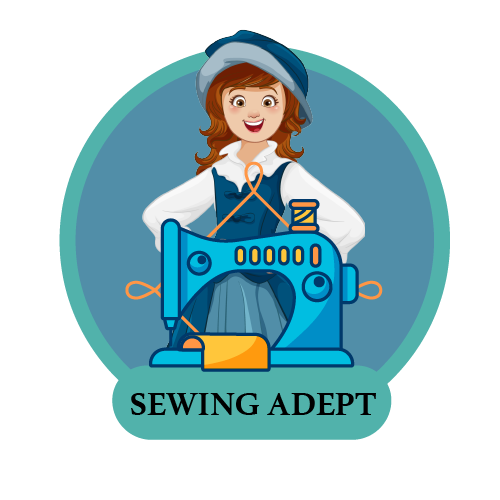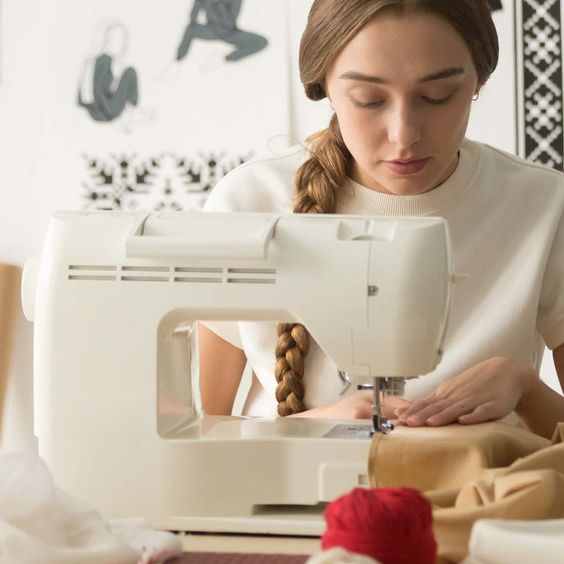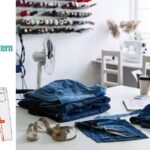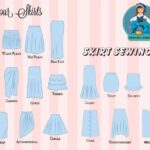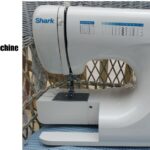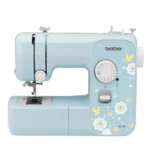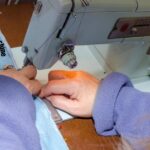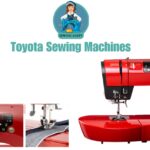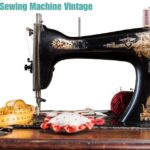Sewing leather on a sewing machine is a captivating craft that combines precision, creativity, and a touch of finesse. With its rich history dating back centuries, leatherwork has evolved into an art form that showcases both functionality and style. Whether you’re a seasoned seamstress or a novice looking to embark on a new adventure, sewing leather opens up a world of possibilities for creating unique and durable pieces.
Leather, with its inherent strength and beauty, presents a distinct set of challenges and rewards when it comes to machine sewing. Unlike other fabrics, leather requires special techniques and tools to ensure successful and professional results. From designing and cutting patterns to selecting the appropriate needles and threads, every step in the process demands attention to detail and a delicate touch.
When Sewing leather on a sewing machine, the sewing machine becomes your trusted companion, transforming your ideas into tangible works of art. The machine’s sturdy construction and powerful motor enable it to handle the demands of leather, effortlessly gliding through its thickness and density. However, it’s crucial to remember that sewing leather requires adjustments and adaptations to the machine settings, such as stitch length and tension, to accommodate the unique characteristics of this luxurious material.
Working with leather on a sewing machine allows you to explore a wide range of projects, from crafting stylish handbags and wallets to designing custom-made belts and accessories. The versatility of leather makes it an ideal medium for expressing your individuality and creating one-of-a-kind pieces that stand the test of time. With practice and patience, you can master the art of Sewing leather on a sewing machine, unlocking endless possibilities for self-expression and craftsmanship.
Sewing Leather On A Sewing Machine By Unique Ways
In this guide, we will explore unique ways of Sewing leather on a sewing machine and discuss their efficiency in producing high-quality results. By following these methods, you can achieve professional-looking leather products. For more information, visit here.
Table of Contents
Section 1: Preparing the Leather and Sewing Machine
When Sewing leather on a sewing machine, it is essential to start with the right materials. Choose a suitable leather type that matches the intended use of your project. Consider factors such as the thickness, flexibility, and strength of the leather.
Next, prepare your sewing machine for sewing leather. Make sure you have a machine with sufficient power and a heavy-duty needle designed for sewing through thick materials like leather. Adjust the machine’s settings to accommodate the thickness of the leather, such as the presser foot pressure and stitch length. Use a strong thread that is specifically designed for sewing leather, and adjust the bobbin tension accordingly.
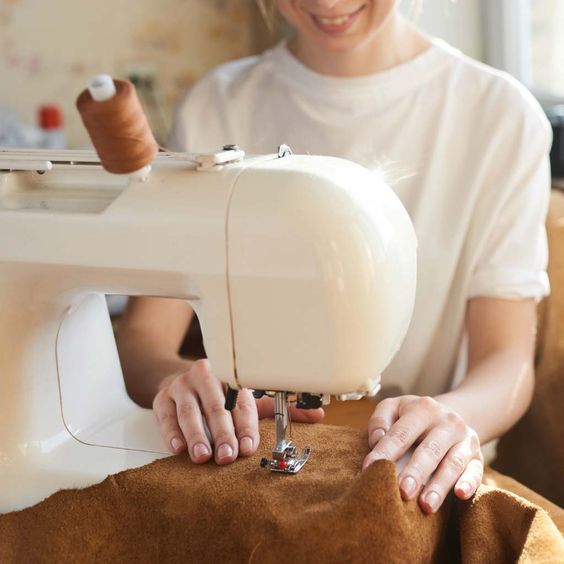
Section 2: Unique Ways Of Sewing Leather On A Sewing Machine
Hand basting:
One effective technique for sewing leather is hand basting. This involves temporarily stitching the leather pieces together by hand using a contrasting thread. Hand basting allows for precise alignment and control before sewing with the machine. Once the leather is secured, you can sew over the basting stitches with your sewing machine.
Glue basting:
Another method is glue basting, which involves using a leather adhesive to temporarily hold the leather pieces together. Apply a thin layer of adhesive along the edges to be sewn, then press the pieces together and allow the glue to dry. Glue basting provides stability and prevents shifting during sewing. However, it is essential to use a leather adhesive that is specifically formulated for this purpose to avoid damaging the leather.
Leather clips or clamps:
Using specialized clips or clamps designed for leather can also be helpful. These clips or clamps hold the leather pieces firmly in place, ensuring proper alignment and preventing shifting during sewing. They are particularly useful when sewing curved or intricate leather pieces.
Topstitching:
Topstitching is a decorative stitching technique that can enhance the aesthetics of your leather project. It involves using a longer stitch length and sewing on the top surface of the leather. Topstitching can be done along the edges or in decorative patterns to add a professional and visually pleasing touch to your leather items.
Teflon or roller foot:
To achieve smooth and even stitches when sewing leather, consider using a Teflon or roller foot attachment. These specialized feet are designed to prevent the leather from sticking to the presser foot or the feed dogs of the sewing machine. By reducing friction, these feet help in achieving consistent stitch quality and prevent skipped stitches.
Section 3: Efficiency and Product Quality
Strength and durability:
Sewing leather on a sewing machine seams can be strong and durable if sewn correctly. Proper stitch selection, stitch length, and thread choice are crucial in ensuring the longevity of the finished product. Additionally, reinforcing stress points or using appropriate seam finishes can further enhance the strength of the seams.
Seam finishes:
There are various seam finishing techniques you can use to ensure a clean and professional look for your leather projects. Some common methods include edge stitching, double stitching, and binding the raw edges with bias tape or leather strips. Experiment with different techniques to find the one that suits your project best.
Stitch quality:
Achieving consistent and even stitches is essential for high-quality leather sewing. Ensure that your sewing machine is properly threaded, and the tension is correctly adjusted for the thickness of the leather. Practice sewing on scrap pieces of leather to test the stitch quality and make any necessary adjustments before working on your final project.
Practice and experimentation:
Sewing leather on a sewing machine requires practice and experimentation to refine your skills. Each leather type and project may present unique challenges, so it is crucial to experiment with different techniques, settings, and stitch patterns. Through practice, you will gain confidence and improve your ability to sew leather efficiently.
Conclusion:
Sewing leather on a sewing machine is possible when using the right techniques and tools. By following the detailed guide provided, you can achieve efficient and high-quality results. Remember to choose the appropriate leather type, prepare your sewing machine accordingly, and utilize unique sewing techniques such as hand basting, glue basting, leather clips, topstitching, and specialized feet. With practice and experimentation, you can master the art of sewing leather and create unique and professional leather products.
